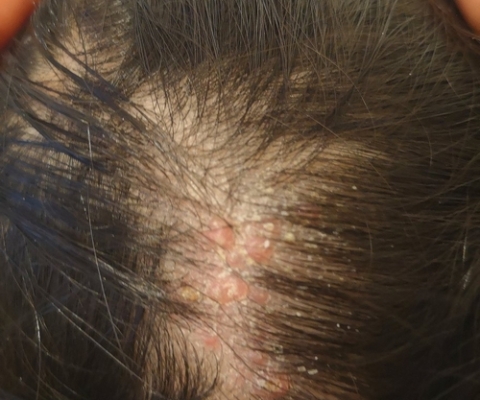SEBORRHEA, ALSO KNOWN AS “CRADLE CAP”
FREQUENTLY ASKED QUESTIONS
TESTIMONIAL
FIRST CONSULTATION IS FREE !
An individual consultation that can last between 20 and 30 minutes depending on your profile.

Exaggerated secretion of the sebaceous glands which gives the skin a shiny, thick appearance, with dilated pores and blackheads. This is often seen on the nose, forehead and torso.
It may be further complicated by acne (especially in teenagers), erythematosquamous lesions called seborrheic eczema and scalp damage. This is one of the factors involved in baldness.
This condition is due either to the readjustment of the hormonal balance that takes place during puberty, or to hereditary constitutional characteristics. In either case, the treatment is difficult and delicate.
I followed the treatment that my consultant, Carole, suggested for seborrheic dermatitis and everything has now disappeared. I am really happy with your serum !
Monique
© 2025 Carole Raby Hair Clinic. All rights reserved.